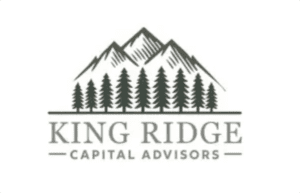Insurers re-examining high-hazard companies

Aluminium composite panels (ACP) cladding has been identified as a contributor to more severe fire damage in multi-story buildings overseas, such as the Grenfell Tower blaze in June 2017. Another material being linked to large material damage claims is the extremely flammable expanded polystyrene panels (EPS).
Crombie Lockwood said that a 2019 fire at a US-based Tyson Foods facility led to an insurance claim of around $748 million. In New Zealand, there were four significant EPS-related fires over the past 12 months that are likely to generate claims approaching $200 million. Recent local losses related to high-hazard industries include two engineering businesses in the North Island, a plastics factory in Auckland, a Hamilton-based wood chipping business and several meat and perishable product plants, the brokerage said.
Due to the rise in significant claims from such events, insurers are now hiking their premium rates for companies that operate in perceived high-hazard industries or use highly combustible building materials in their facilities.
“As a result, insurance portfolios with an exposure to buildings with ACP or EPS cladding are now attracting far greater insurer attention than ever before,” Crombie Lockwood said. “Industries with a high-fire loading are also impacted by the hardening market, such as wood workers, waste management, plastics manufacturing and industries using flammable materials or high-heat processes.”
This is accompanied by reduced capacity from insurers to take on these risks, leading to a contraction in the high hazard insurance market. According to the brokerage, New Zealand’s insurers are heavily reliant on reinsurance for insurance capacity. As sums insured continue to rise due to more expensive rebuilding costs, pressure on insurer and reinsurer capacity is at an all-time high across the market.
The rising cost of insurance will be particularly felt by companies with high-hazard risks, with insurers charging higher premiums for this sector and applying higher excesses for losses resulting from fire. Large portfolios may require co-insurance support to reach 100% capacity, which means multiple insurers may be involved, Crombie Lockwood said.
The increased scrutiny on risks is resulting in a more granular approach to underwriting, with insurers more frequently requesting on-site visits and risk reviews by their surveyors. These inspections often result in recommendations to make changes and minimise risk, which can incur significant costs to the insured.
“As insurers generally take a more positive view of companies that demonstrate a proactive approach to risk management, those that present poor risk profiles are more heavily impacted by premium or cover changes, such as increased policy excesses, than companies with a robust risk mitigation approach,” Crombie Lockwood said.





